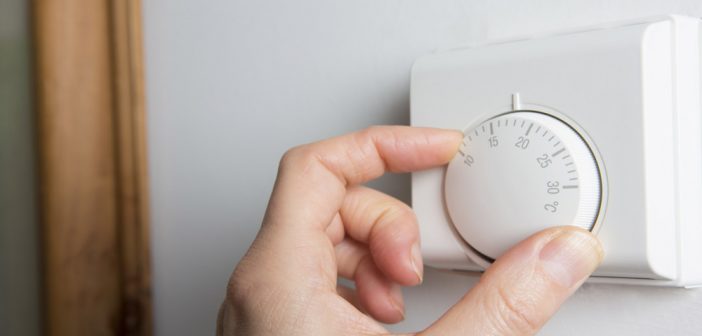With winter right around the corner, it’s important to start thinking about efficient ways to keep your home warm. Sure, you can always just turn up the thermostat and rely solely on that, but when your electric bill comes, you’ll probably regret it. The good news is that there are plenty of other ways in which you can keep your place warm, without overpaying for electricity. Here are 11 simple but effective ways to heat your home efficiently this winter:
1. Seal any drafts and leaks you find
The first thing you’ll want to do is to identify all the drafts and leaks through which cold air is coming into your home. You’ll probably find that, even after you’ve closed and locked all of your doors, cold air is still finding its way in through the bottom. If this is happening, you’ll want to use a draft stopper to prevent cold air from coming in. If you find air leaks around your windows, use caulk to close them off. You’ll find that once all drafts and leaks have been sealed, it’ll be easier for your home to stay warm.
2. Lock all windows and doors
If you’re going through the trouble of sealing any drafts and leaks in order to prevent heat from escaping, you should take things a step further and make sure that the windows and doors are properly closed and locked at all times. Although it may seem like nothing, extra tightening will make it harder for cold air to work its way inside.
3. Use a portable heater
If you live alone, or if your family spends time in the same room for long periods of time, it’s efficient to use a portable heater in the room. By doing so, you’ll have a warm room, while also being able to lower the thermostat by a few degrees. Furthermore, if it’s just you, you can always take the portable heater with you as you move between rooms. This will keep you warm, while also saving you money.
4. Add plastic film to your windows
Windows are one of the easiest ways heat escapes from your home. This is because windows don’t have as much insulation as walls do. Covering all of your windows with clear plastic film is a simple solution to this problem; this will significantly reduce the amount of heat loss. When spring comes around, you’ll be able to easily peel off the film.
5. Nothing should block the vents
If the vents are blocked; the heater will have to work harder and longer – a problem that will be reflected on high electric bills. To avoid this, make sure that every vent has a clear path so that air can easily flow out of it and into the rest of the room. You can also vacuum the dampers for even more efficiency.
6. Reverse your ceiling fans
A common misconception is that using ceiling fans during winter will make your home colder. However, reversing their rotation and then turning them on will actually help keep it warm. Ceiling fans are set to rotate counterclockwise so that cool air is pushed downward, thus keeping the room cool. On the other hand, reversing their rotation has the opposite effect: the hot air is pushed downward, therefore making the rest of the room warmer.
7. Close any unused rooms
The bigger the house means more heat is required to keep it warm, leading to higher electric bills. Instead of trying to warm the entire house, focus on only heating the rooms that you regularly use. If you have empty rooms (guest rooms or storage rooms) that you rarely use, close their doors, use a draft stopper to seal them and just let them stay cold.
8. Let the heat from the shower and the oven flow
When you take a hot shower, the bathroom gets hot and steamy. Showering with the bathroom door open will allow the steam and the hot air (which would otherwise stay concentrated in the bathroom) to spread to the adjacent parts of the house. Leaving the oven door open after baking is also an effective way to let more heat into the kitchen, instead of keeping it trapped in the oven.
9. Block your chimney’s airflow
Fireplaces can be a great way to warm your home, but funny enough, when they’re not being used, warm air escapes through the chimney. A chimney balloon is the simple solution to this problem; it’s designed to block airflow through and from it. All you have to do is blow up the balloon and put it in the chimney whenever it’s not being used.
10. Winterize your home
Adding curtains and rugs to your home are the two easiest and effective ways to winterize your home. Hanging heavy curtains over windows is a decorative way to add more insulation to your home. The curtains will act as an additional barrier, serving to keep the heat inside and the cold outside. Rugs also provide insulation and are helpful if you have hardwood or tile flooring.
11. Lower your thermostat at night
Set your heater to a lower temperature when you’re not home and while you’re sleeping. If you’re worried about feeling cold at night, just remember that you can always use an extra blanket, perhaps even a heated one.









